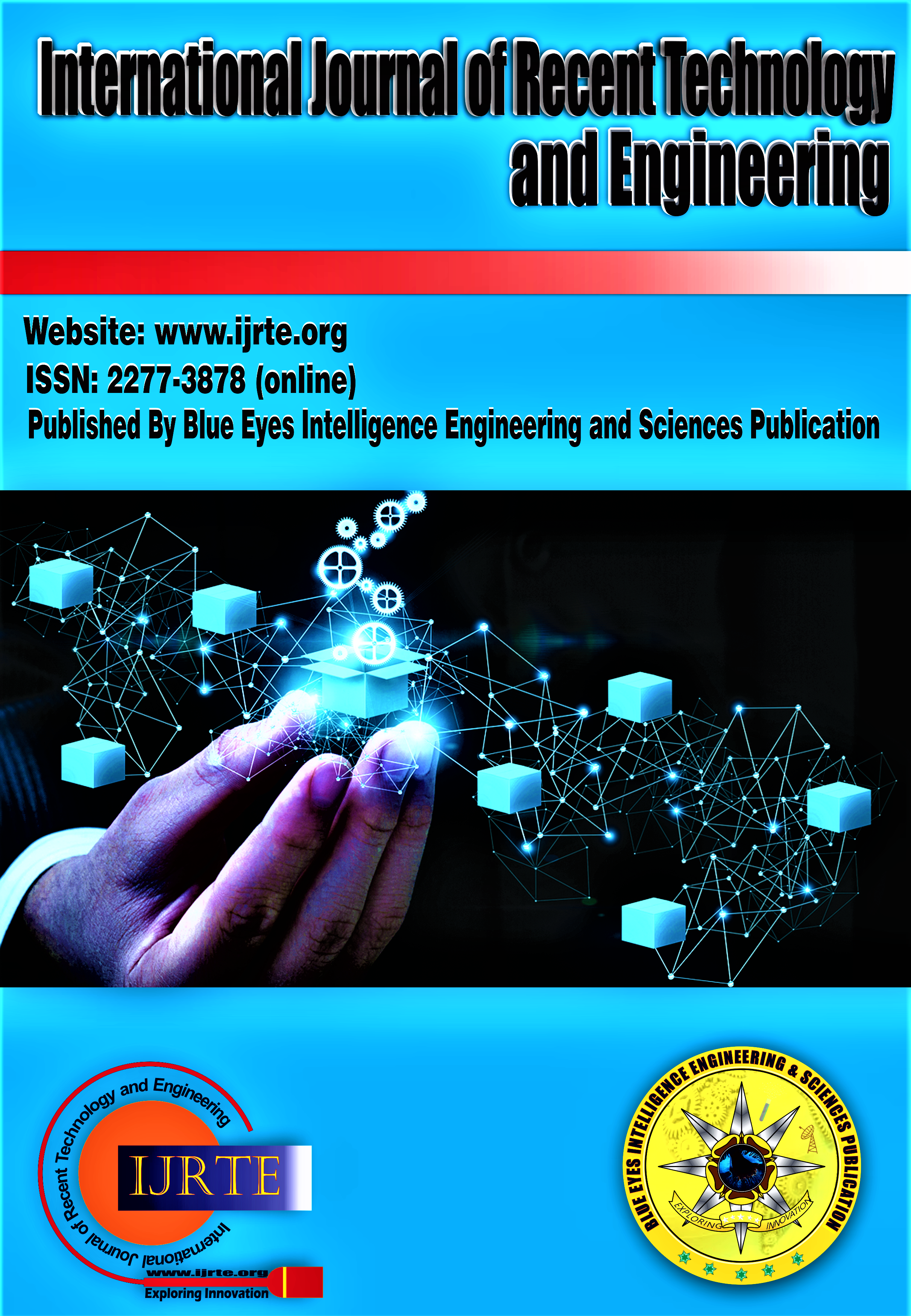Driver Drowsiness Detection using Artificial Intelligence
Main Article Content
Abstract
The goal of the research is to show how artificial intelligence may be used to identify driver tiredness using visual processing. Experts estimate that over a quarter of all serious car accidents are brought on by drivers who are too sleepy to pay attention to the road. As a result, we know that tiredness is a more common contributor to car accidents than intoxication. Vision-based ideas were used to design the Drowsiness Detection System. The gadget relies on a small camera to detect drowsiness in drivers by examining their eyes and scanning their face. The Viola-Jones and Hough transform are the techniques utilised by the system to first scan the driver’s face, then the eyes, and then check whether the eyes are open or closed using artificial intelligence software. The system works with binary pictures to scan the sides of the face, reducing the space where the eyes will be located. Let’s say that the eyes are shown to be closed for five or more consecutive frames. When this occurs, the system tracks the driver’s level of activity and determines that the driver is dozing off, so it sounds an alert or produces an alarm signal to wake him up.
Downloads
Article Details
Section

This work is licensed under a Creative Commons Attribution-NonCommercial-NoDerivatives 4.0 International License.
How to Cite
References
Anirban Dasgupta, anjith George,"A Vision-Based System For Monitoring The Loss Of Attention in Automotive Drivers" (IEEE Transaction), vol. 14,no.4 2013.
Ajntoine Picot, Sylvie Charbonnier, "On-Line Detection of Drowsiness Using Brain and Visual Information," IEEE Transaction on systems, man and cybernetics part a: systems and humans, VOL. 42, NO. 3,2012.
Boon-Giin Lee and Wan-Young Chung, "Driver Alertness Monitoring Using Fusion of Facial Features and Bio-Signals" (IEEE) Sensors journal, vol. 12, no. 7,2012
Ralph Oyini Mbouna, Seong G. Kong, Senior Member, “Visual Analysis of Eye State and Head Pose for Driver AlertnessMonitoring," IEEE transactions on intelligent transportation systems, VOL. 14, NO. 3 2013
Rami N. Khushaba, Sarath Kodagoda, Sara Lal, and Gamini Dissanayake, "Driver Drowsiness Classification Using Fuzzy Wavelet-Packet- Based Feature-Extraction Algorithm," (IEEE) Transactions vol. 58, no. 1, 2011.
Ralph Oyini Mbouna, Seong G. Kong, Senior Member, IEEE,(2013), Visual Analysis of Eye State and Head Pose for Driver Alertness Monitoring, (IEEE),pp.1462-1469, vol.14, USA
S. Vitabile, A. De Paola, F. Sorbello, J Ambient Intell Human Comput, “A real-time non-intrusive FPGAbased Drowsiness system” Springer, pp.251-262, University of Palermo, Italy 2011
Arun Sahayadhas, Kenneth Sundaraj," Detecting Driver Drowsiness Based on Sensors A Review," pp. 16937-16953, ISSN 1424-8220, Malaysia 2012
Raoul Lopes, D.J Sanghvi, Aditya Shah, "Drowsiness Detection based on Eye Movement, Yawn Detection and Head Rotation," Vol. 2, No.6,2012
Wei Zhang, Bo Cheng, Yingzi Lin,” Driver Drowsiness Recognition Based on Computer Vision Technology" (IEEE) Vol.17, No.3, 2012.





